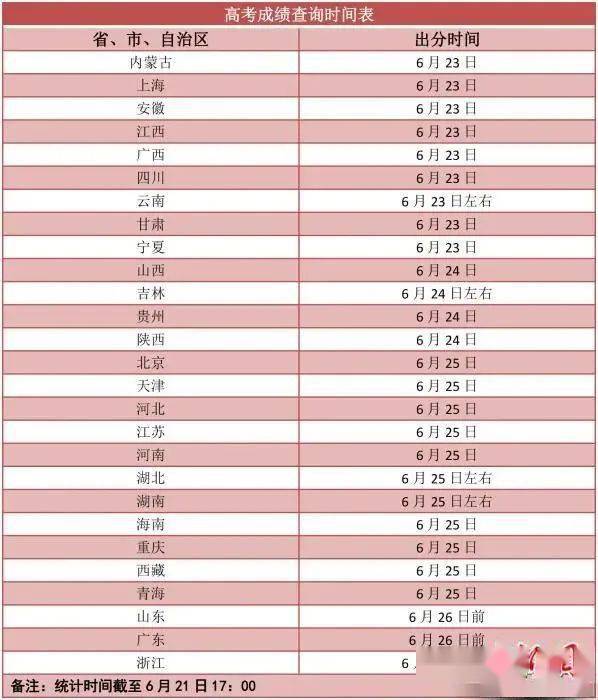MSc. Tran Quang Toai Under the direction of the Central Department and the Regional Command, in 3 days from March 17 to 20, 1975, the main force of the 4th Corps, the 7th Military Region and the local armed forces attacked and rebelled completely. H. Dinh Quan, Tan Phu province, expanded the standing position for 4th Corps to advance to Xuan Loc, Long Khanh.
The Saigon regime was forced to “evacuate the strategy” to leave the Central Highlands and the Central Coast, and build Xuan Loc into an “steel fortress” in the East to prevent the liberation’s advance in the East. Saigon with over 12 thousand infantry. The Xuan Loc campaign which took place from April 9 to April 21, 1975 was very fierce, the enemy decided to kill the enemy, causing the main force of the 4th Corps and the local units many difficulties in deploying the force. The Regional Command and the Campaign Command decided to change the attack style from direct attack to destroy enemy targets in Long Khanh Town to the siege from the perimeter, cutting off Highway 20 (destroying the task force 52 monks and nuns in Dau Giay); cut off Highway 1 to prevent enemy support from Bien Hoa to Long Khanh; capturing high points of Chua Chan, Nui Thi (National Highway 1), heavy damage to No. 1 parachute, 43rd Regiment 18 on Highway 1 … forcing the enemy to flee the town. On April 21, 1975, with a way of fighting to liberate the main force around the town (we liberated Highway 20, Bao Chanh, Ong Que on highways 1 and 2 …), “the steel line. “East of the Saigon regime was smashed, Long Khanh Town was liberated, paving the way for major and local corps to open the historic Ho Chi Minh Campaign from April 26, 1975, to enter the tournament. Reporting Bien Hoa, liberating Saigon, completing the cause of national reunification. From April 23 to April 26, 1975, receiving the mission unified by the 2nd Corps Command and Bien Hoa TVTU, the two districts of Long Thanh and Nhon Trach mobilized to reserve 128 tons of food. Nearly 100 citizens of the communes of Binh Son, Cam Duong, Loc An, Long An participated in repairing Road 10 (the road from the provincial road No. 2 through Cam Duong to Binh Son, Long Thanh TT), Road 15B, clearing the way for tanks of the 2nd Corps main force to the water base. Nhon Trach District Party Committee mobilized 100 boats and boats to gather at Cat Lai ferry (Phu Huu commune) ready to bring the main army across the river into Saigon. Thanks to the local preparation as the base, at 15:00 on April 27, 1975, Su 304 invaded the Nuoc Trong base, destroyed 30 tanks, collected 14 vehicles, and destroyed nearly 500 enemies. The surviving soldiers fled to the Thai junction. Division 304 was divided into two wings: the first wing marched across the Rach Chiec field in P. Phuoc Tan, destroyed the enemy post at the bridgehead then entered the siege and attacked a corner of Long Binh depot; the second wing continued to encircle the enemy at the Thai junction. During this time, local people and guerrillas Tam Phuoc, An Hoa, Long Hung simultaneously opened fire to attack the enemy, liberating the commune. On April 27, 1975, in coordination with Division 325, Long Thanh militia and army controlled Long Thanh TT. On April 28, Division 325 invaded Nhon Trach branch. Nhon Trach District Party Committee mobilized citizens and local armed forces to prepare an artillery battlefield at Giang Lo (Phu Hoi) and Binh Phu Hill (Long Tan) for Division 325 to place 130mm cannons to fire at Tan Son Nhat airport and targets in Saigon. On the afternoon of April 29, 1975, with 100 boats and boats prepared by the people of H. Nhon Trach, Division 325 crossed the river to attack targets in the inner city of Saigon. On April 30, 1975, the main force of the 2nd Corps entered the Independence Palace, signaling the fall of the Saigon regime; President Duong Van Minh surrendered, the South was liberated, the cause of national reunification was completed. 46 years ago, the victory of the army and people of Bien Hoa – Dong Nai in Ho Chi Minh campaign still has historical value: confirming the Party’s revolutionary line and leadership art in the war for independence and domination. most in the country. Especially, to bring into play the central synergy with the local forces. The Central Command and the Eastern Military Region create conditions for the local forces to develop the people’s war, to attack and to revolt and liberate the locality. On the contrary, the war for the local people developed, creating new forces and new forces for the main force, creating “steel punches”, smashing the enemy main block, and successfully ending the war. The contribution of the Dong Nai Party Committee and people to both attack and serve the main corps in the East during the Ho Chi Minh campaign to liberate the South is forever recognized and a pride to motivate everyone. the people of the population firmly believe in industrialization and modernization for the rich people, a strong country, a democracy, justice and civilization.





























































You must log in to post a comment.